Text
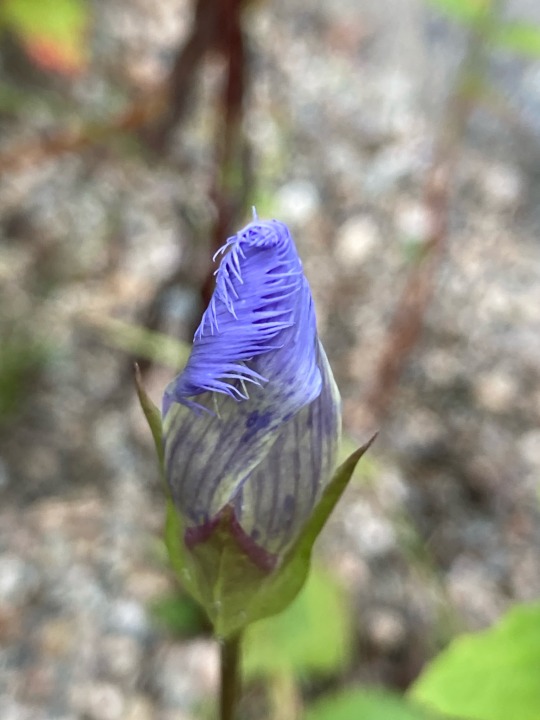

Thou waitest late and com’st alone,
When woods are bare and birds are flown,
And frosts and shortening days portend
The aged year is near his end.
Then doth thy sweet and quiet eye
Look through its fringes to the sky,
Blue-blue-as if that sky let fall
A flower from its cerulean wall.
So writes poet William Cullen Bryant of the rare northeastern biennial, the Fringed Gentian (Gentianopsis crinata). This small, fall-blooming plant is a poor competitor with aggressive and woody plants; it needs the full sun and open space of wet meadows to thrive. Each plant only produces a single flower stalk during its second year of growth. Honeybees and Bumblebees have been its observed pollinators, though other insect visitors are not ruled out. Fringed Gentians are threatened both by habitat loss and natural succession; meadows are transitional habitats that tend to be colonized by larger woody shrubs and trees, shading out existing species. My camera cannot capture just how blue they are— one of the most striking wildflowers I’ve ever seen. I hope you’re lucky enough to see one in person!
#plantblr#plants#mine#plant#gardening#flower#gentian#gentianopsis#gentianaceae#fringed gentian#flowers#wildflower#wildflowers#native plants
35 notes
·
View notes
Text
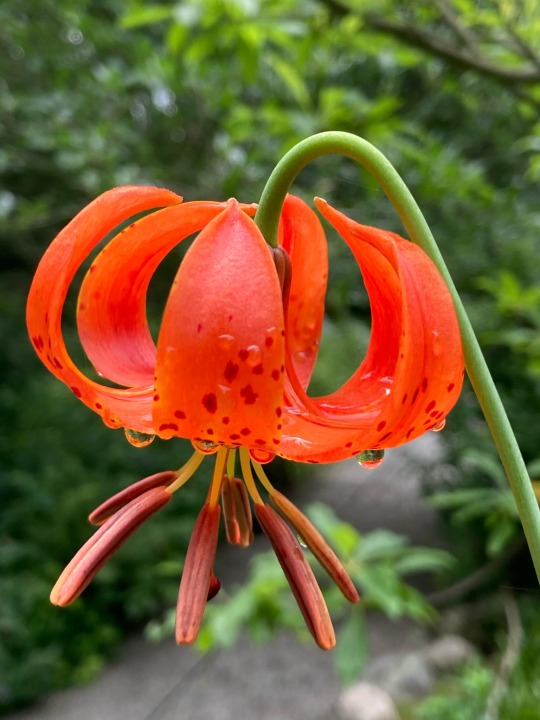
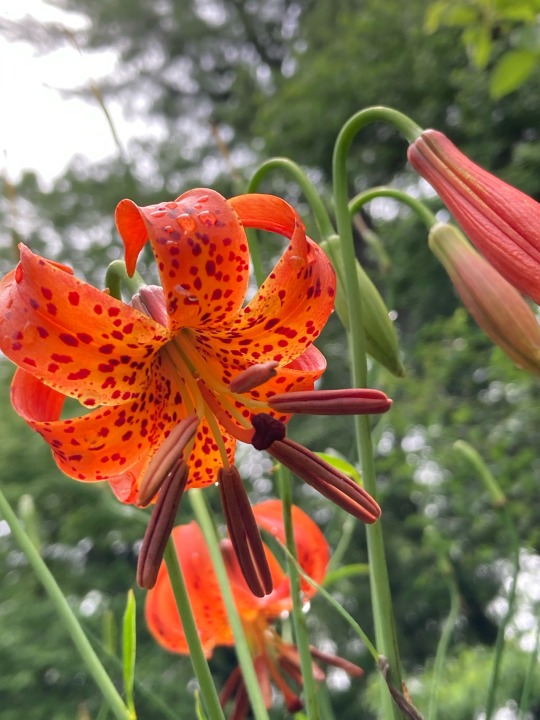
Lilium superbum
66 notes
·
View notes
Text

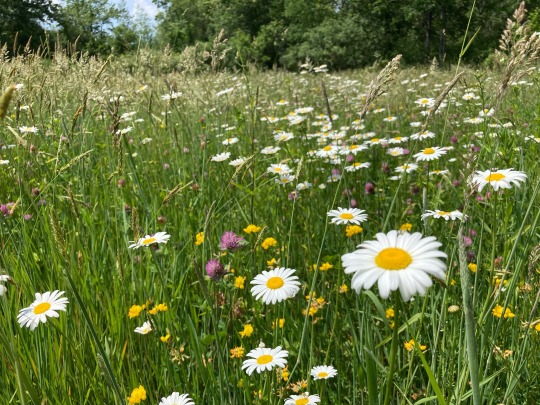
meadow!
28 notes
·
View notes
Note
What’s your favourite plant
Impossible to answer! I couldn’t even pick a favorite plant family anymore, though Cactaceae will always be one of my top ones. Currently I’m learning a lot about northeastern lepidopteran host plants (what plants caterpillars favor) and love the aromatic ones— sassafras, spicebush, yellow birch, etc. It’s fun to walk in the forest and see a plant that you can scratch and sniff :)
4 notes
·
View notes
Text
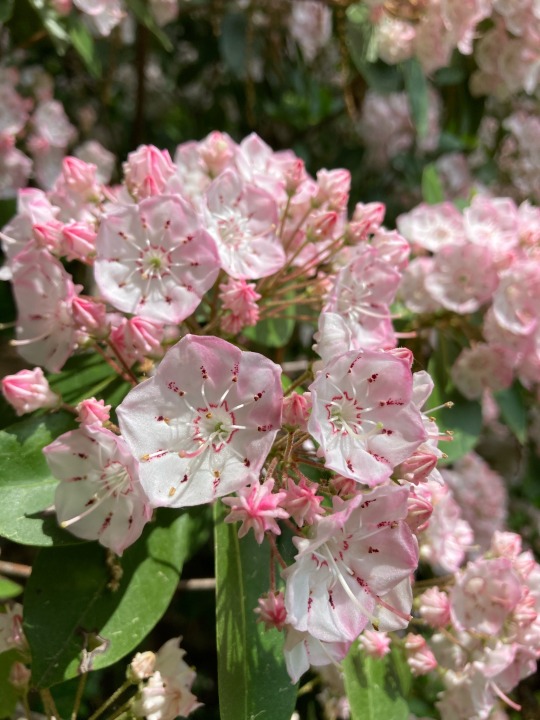

Kalmia latifolia, the mountain laurel, is native to the eastern US. The male part of the flower is held under tension, with the anther (pollen producing organ) in a slot in the petals. When a large insect disturbs the stamen, the cantilever spring mechanism launches it out of its pocket at 8mph— sounds slow, but is too fast to see happen with the naked eye at such a small scale! The pollen is catapulted into the air and some of it gets stuck to the insect in question, allowing the reproductive cycle to complete upon the next flower visit.
310 notes
·
View notes
Text


Opuntia humifusa
36 notes
·
View notes
Text


Houstonia caerulea (bluets)
95 notes
·
View notes
Text

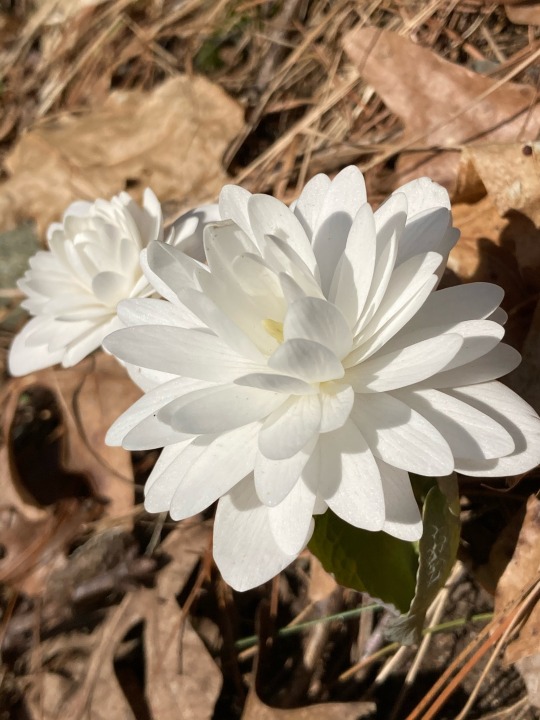
the doubled form of Sanguinaria canadensis (aka bloodroot), one of my favorite spring ephemerals. doubled forms of flowers are sterile most of the time— a mutation in the genes responsible for floral organ differentiation can result in petal formation where there should be stamens/pistils. division is the usual mode of propagation.
96 notes
·
View notes
Text


the ferns are unfurling!
3K notes
·
View notes
Text
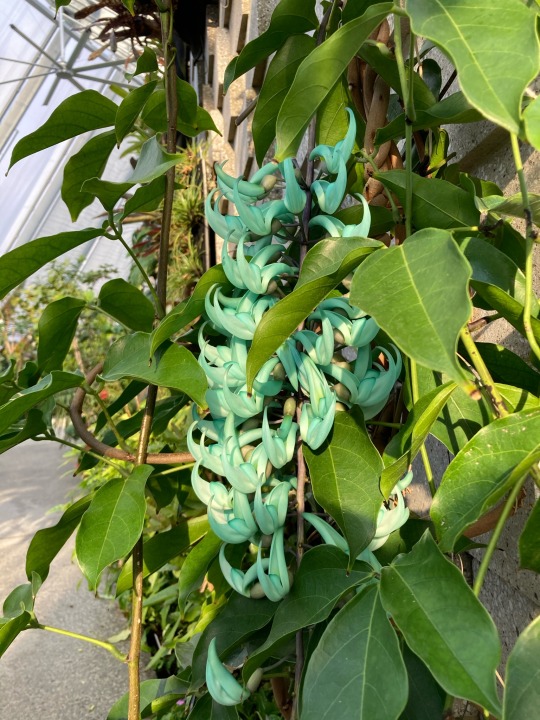

unbelievable Strongylodon macrobotrys (jade vine) inflorescence. This bright turquoise is a quite rare floral color and cameras simply can’t capture it!
220 notes
·
View notes
Text


before and after ft. Ferocactus glaucescens
#plantblr#plants#mine#plant#succulents#gardening#succulent#greenhouse#cacti#cactus#flower#flowers#ferocactus
126 notes
·
View notes
Text


developing bananas on the banana tree
54 notes
·
View notes
Text
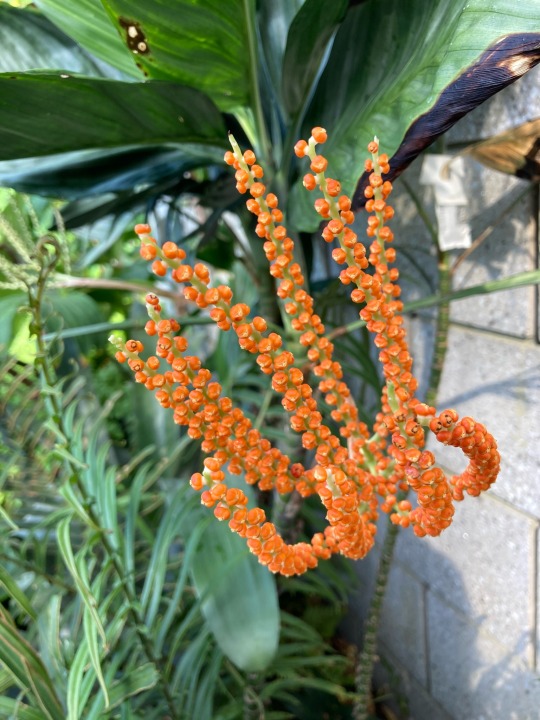

Chamaedora metallica flowers
29 notes
·
View notes
Text
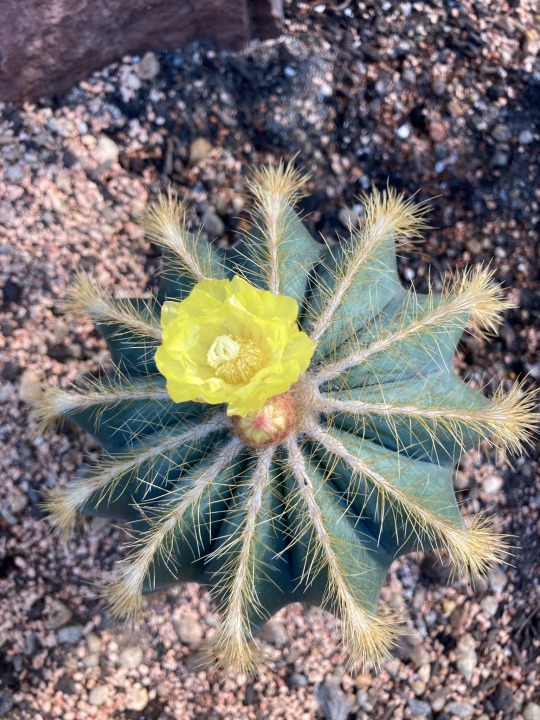

Parodia magnifica, an endangered Brazilian cactus
#plantblr#plants#mine#plant#succulents#gardening#succulent#greenhouse#cacti#cactus#flower#flowers#cactus flower
90 notes
·
View notes
Text


Mammillaria plumosa
#plantblr#plants#mine#plant#succulents#gardening#succulent#greenhouse#cacti#cactus#flower#flowers#cactus flower
133 notes
·
View notes
Text


two orchid flowers, Maxillaria tenuifolia and Maxillaria variabilis. This genus generally has smaller flowers, but I love them! The first is commonly known as the coconut orchid due to its scent.
33 notes
·
View notes
Text


Epiphyllum
#plantblr#plants#mine#plant#succulents#gardening#succulent#greenhouse#flower#flowers#cacti#cactus#epiphyllum
104 notes
·
View notes